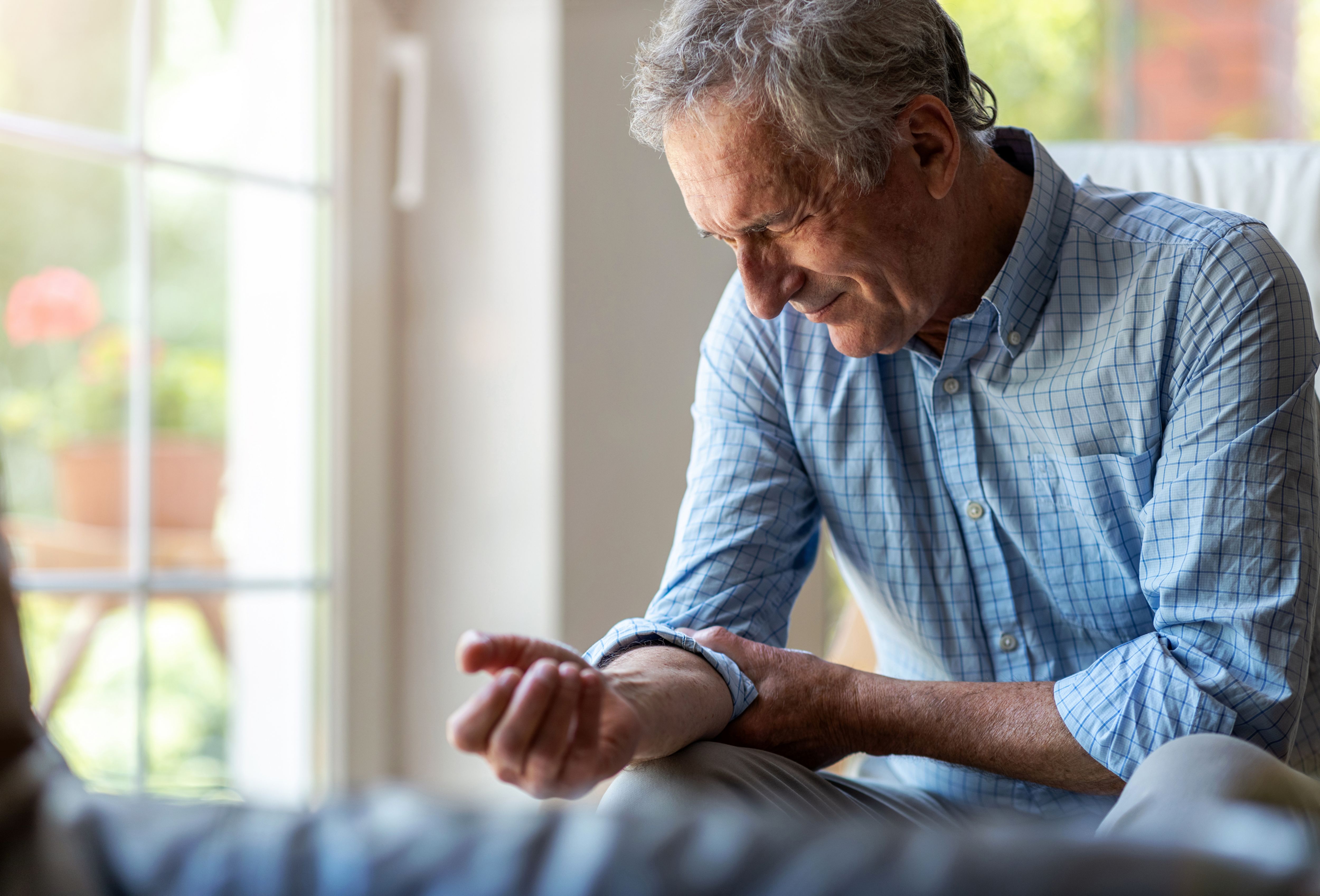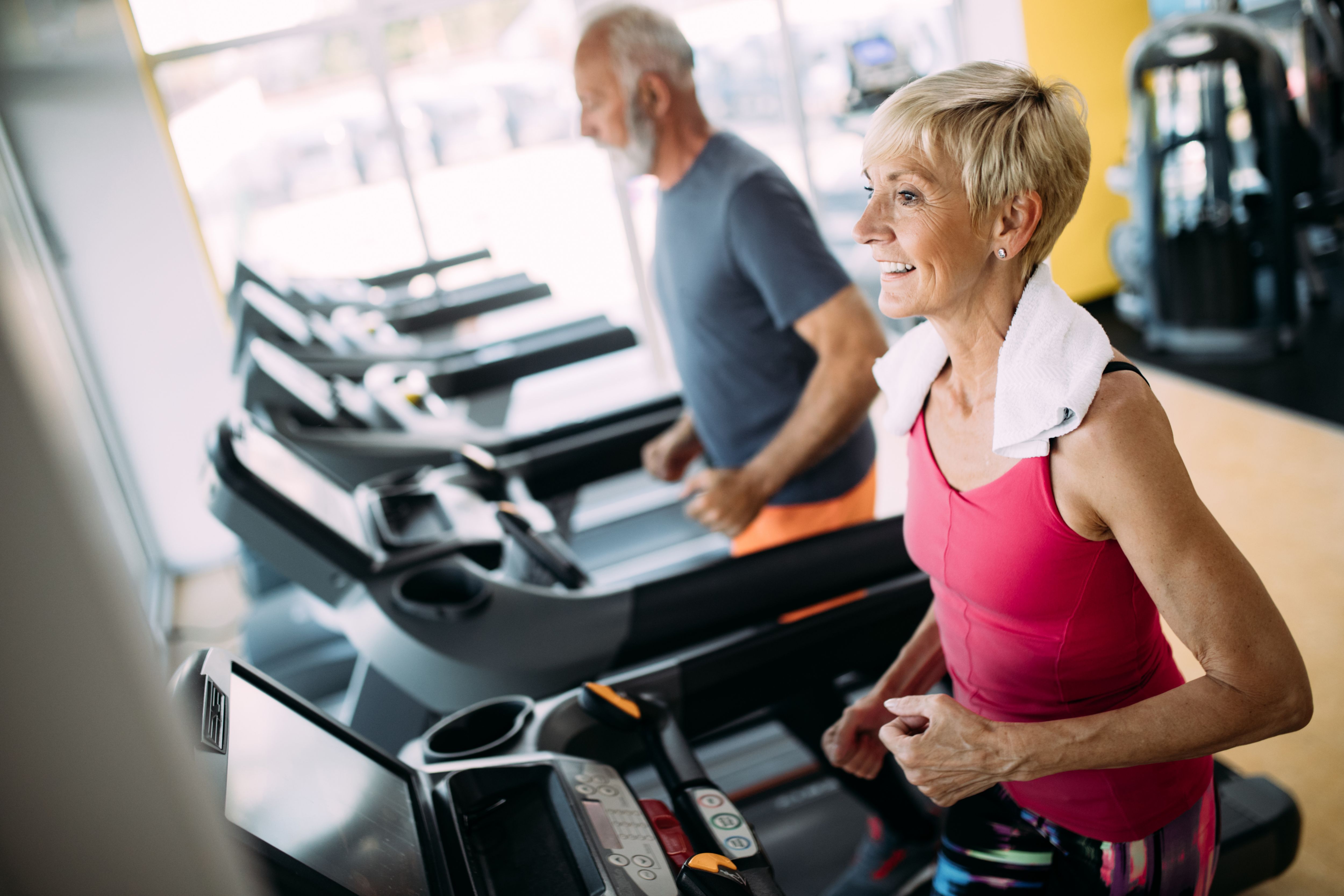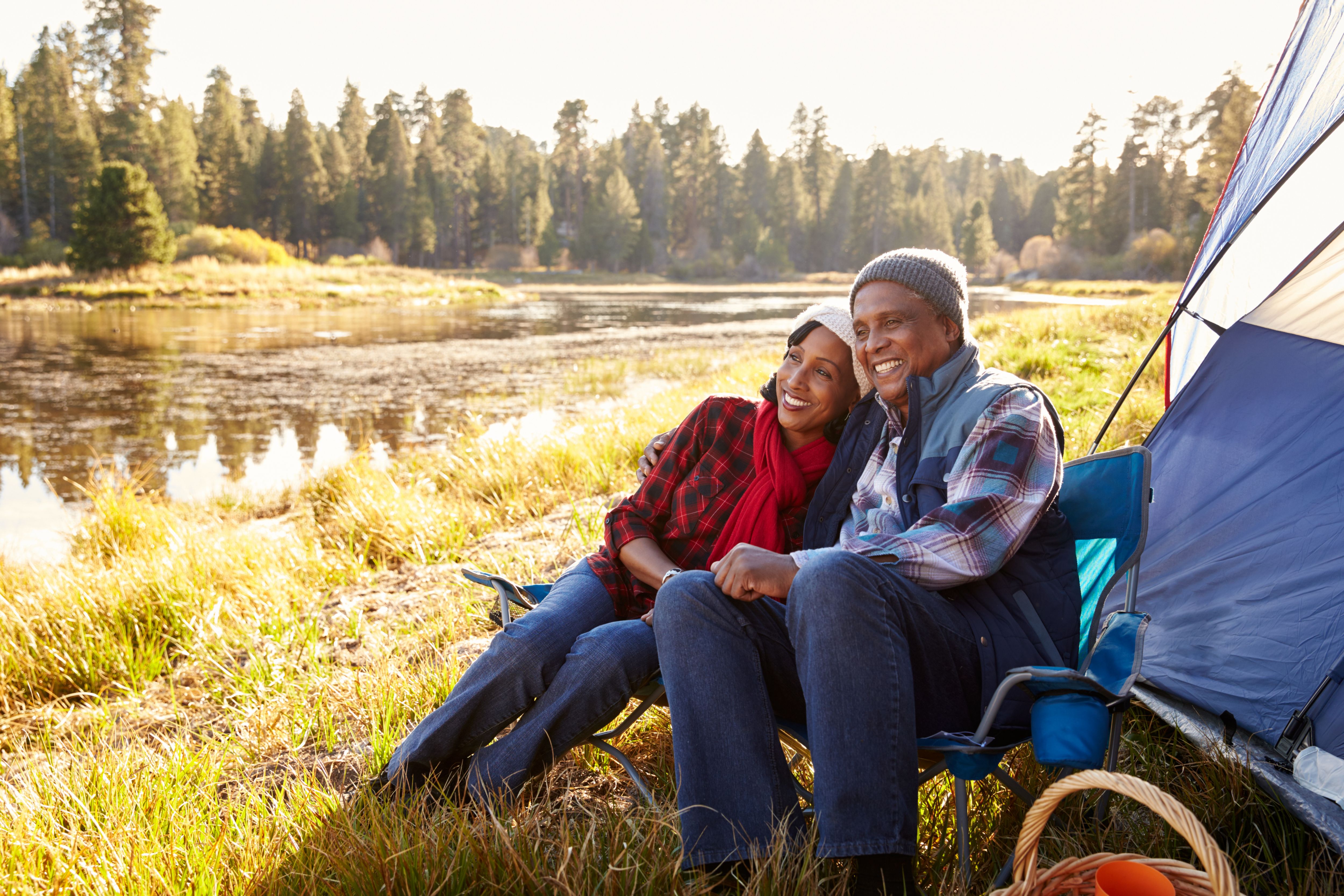In early 2025, Los Angeles, California experienced eight devastating wildfires that consumed more than 16,000 homes. Countless images showed neighbors helping each other, especially older adults, to reach safety. California isn’t alone when it comes to fire risks, although drought and heat are significant drivers for certain areas.
For the senior population, experiencing a fire can be even more challenging because of age and ability. Seniors and older adults are more than two times more likely to die in a fire than the general population. Poor mobility, weak eyesight or hearing, and decreased awareness are just a few reasons for the increased risk. Learning where the risks are at home and creating a proactive plan minimizing fire risk can help keep seniors and their loved ones safe from life-threatening fires and burns. Review these fire safety tips for the elderly to make sure you’re well prepared.




